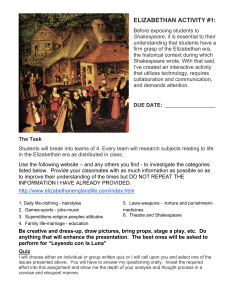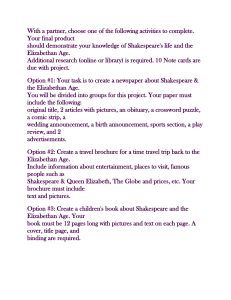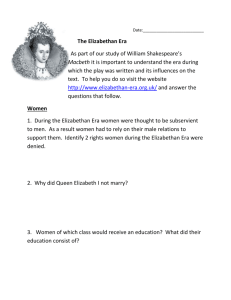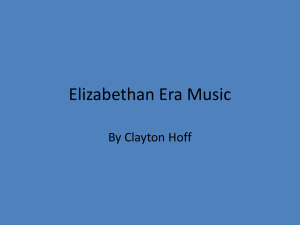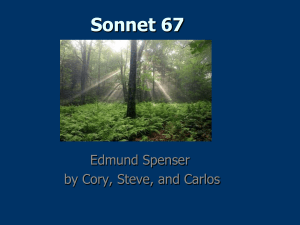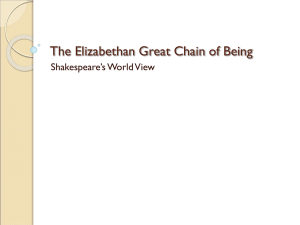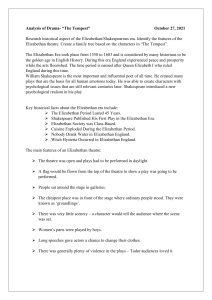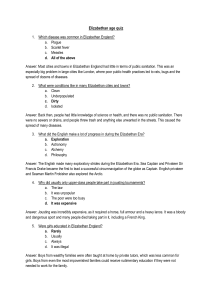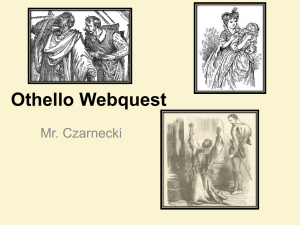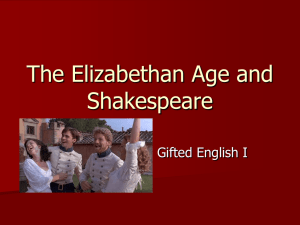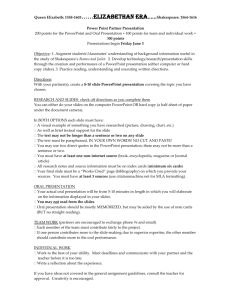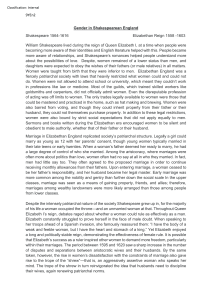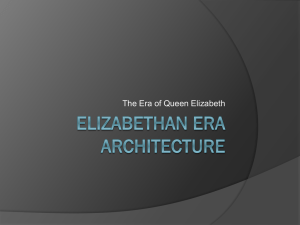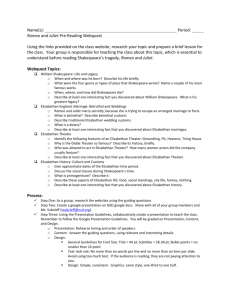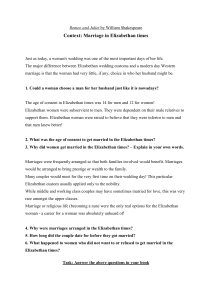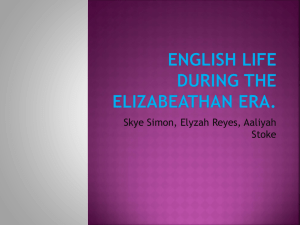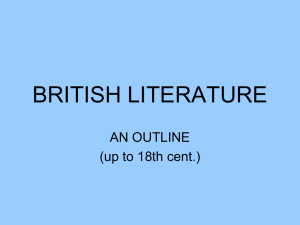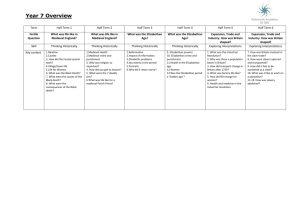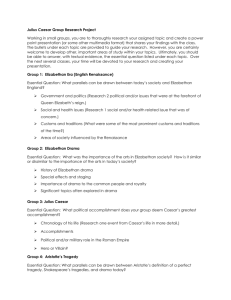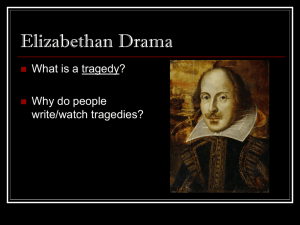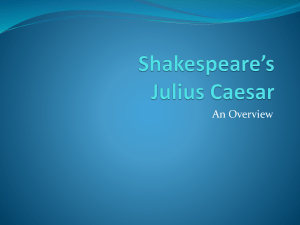Elizabethan Era
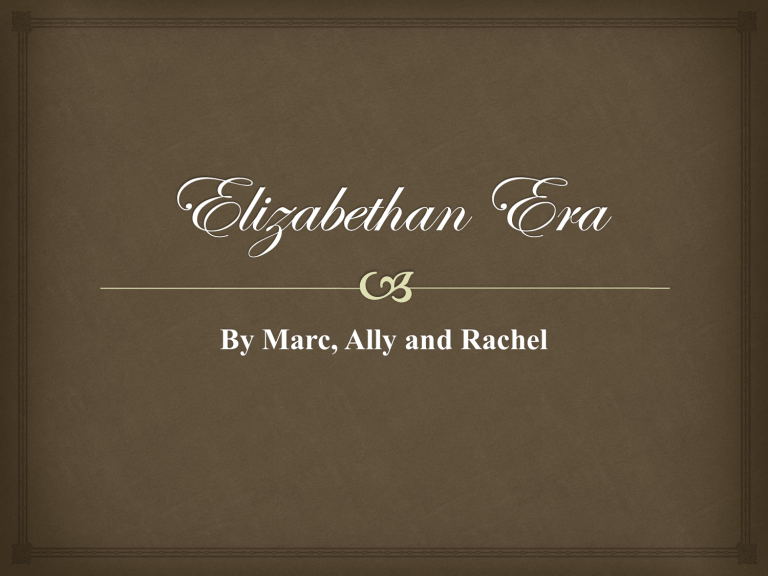
By Marc, Ally and Rachel
Elizabethan Time Period
◊ The Elizabethan era was between 1558 and 1603
◊ It was known as the golden age in English history
◊ The higher classes would always show off their wealth by wearing very elaborate things – ruffles, corsets, gowns and hats were very popular
◊ The era is known for its poetry, music and literature as well as theatre
◊ There were also a lot of executions for people who were thought to be witches
◊ It was a very religious time
◊ Elizabethan architecture was also in fashion. Buildings would often be symmetrical and it would be quite gothic-like. They were also into having large gardens.
◊ Executions
◊ Punishments
◊ Crime
◊ Disease
◊ Tortures
◊ Religion
◊ Politics
◊ First theatres
◊ Clothes
◊ Drinks
◊ Music
◊ Education
◊ Medicine
◊ Language
◊ Marriage customs
◊ Entertainment
What was it like?
◊ Science
◊ Technology
◊ Architecture
◊ Weapons
◊ Superstitions
◊ Witchcraft
◊ Inventions
◊ Plays
◊ Costumes
◊ Tournaments
◊ Gambling
◊ Fencing
◊ Dance
◊ Masks
◊ Festivals
◊ Explorers
Who was in Power?
◊ Queen Elizabeth I was in power in England but was mostly ruled by the Elizabethan government (which is composed of the monarch, privy council and the Parliament)
◊ Mary Queen of Scots was in power in Scotland
A fact...
Work?
◊ In the village, people would wake up as early as
3am and labourers were in the field at about 5
◊ The fixed working hours for labourers were;
◊ March to September, 5am to 7 or 8 pm
September to March; from dawn until dusk
◊ The most common way to earn a living was to run a small farm
◊ The husband would be in charge of the crops and the wife would handle the poultry and dairy
◊ Working as a servant was also a very popular in that era
◊ Marriages were mostly arranged
◊ Woman were required to bring a dowry to the marriage, usually it would be money, goods or property
◊ The law gave the husband full rights over his wife, essentially is his property
Facts
◊ She was expected to provide children
◊ Legal marriage age for boys was 14
◊ For girls it was 12
◊ In London, the average lifespan for a rich person was 35 and for the poor it was only 25
How did people live?
◊ The lower class didn’t eat as well and their housing was not very good. It was mostly built of timber and was often very crowded and more prone to disease
◊ The nobles were able to afford houses
◊ Obviously, royalty lived in large, expensive castles
Food?
◊ The rich and poor ate very different things
◊ The rich ate fresh vegetables and fresh fruit
◊ Meat represented wealth
◊ Fruit was usually eaten in pies
◊ Vegetables were usually cooked in some form of stew
◊ The English population was fed by it’s own produce
◊ Bread was the staple food
Diseases…
◊ The Bubonic Plague killed about a third of the population
◊ There was a huge lack of sanitation
◊ There was open sewers and was filled with garbage
◊ People also couldn’t afford doctors
◊ Their surgery equipment was very basic .
◊ The equipment wasn’t disinfected so that meant that a persons wound could get infected.
◊ Diseases became more common because of fleas and lice
Any Famous People?
◊ William Shakespeare
(a poet and playwright)
◊ Henry VIII
(King of England)
◊ Christopher Marlowe
(dramatist, poet and translator who knew and influenced
Shakespeare)
◊ Francis Bacon
( philosopher, statesman, scientist, jurist and author who is the creator of Empiricism)
A theory of knowledge that claims knowledge comes from experience
